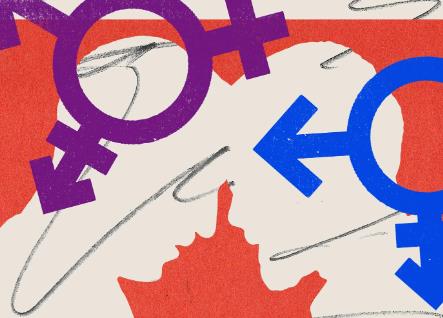What are the cultural perspectives of gay sexting
Varied Acceptance Across Societies
The practice of gay sexting is viewed through a wide array of cultural lenses, reflecting broader societal attitudes towards homosexuality and technology. In a 2023 global survey, acceptance and prevalence of gay sexting varied dramatically: in progressive areas like Scandinavia and parts of North America, over 80% of gay respondents reported feeling comfortable with sexting as a form of expression. Conversely, in more conservative regions such as parts of Africa and the Middle East, the practice remains largely stigmatized, with only about 10% reporting similar comfort levels.

Cultural Norms and Digital Expression
In cultures where homosexuality is openly accepted and celebrated, sexting has emerged as a common aspect of dating and relationship building among the gay community. For example, a recent study in the Netherlands found that 90% of gay men considered digital communication a safe way to explore their sexual identity. This contrasts sharply with countries where homosexual acts are illegal, and such communications can carry significant legal and social risks.
Impact of Technology on Traditional Values
The spread of smartphones and internet access has introduced new dynamics in traditional societies. Younger generations in these areas often adopt more liberal views on topics like gay rights and sexting, sometimes clashing with their elders' more conservative values. For instance, in India, despite conservative social norms, 70% of young adults under the age of 25 see gay sexting as a normal part of modern relationships, according to a 2022 survey.
Religious Influences
Religious beliefs strongly influence cultural perceptions of gay sexting. In predominantly Christian and Muslim countries, religious doctrines often dictate moral views on sexuality, heavily impacting attitudes towards sexting. Research from Brazil, a country with a significant Catholic population but progressive social policies, shows a complex relationship with gay sexting, where 50% support it as part of gay culture, yet also hold reservations due to religious teachings.
Community Support and Resources
In more accepting cultures, there is often significant support for the LGBTQ+ community, including resources and education about safe practices for sexting. LGBTQ+ advocacy groups in the United States and Europe, for example, offer workshops and literature on how to engage in sexting safely and responsibly, promoting a healthier integration of sexting into gay relationships.
Navigating Global Differences
For members of the international gay community, understanding these cultural variances is crucial, especially for those who engage in relationships across borders. Awareness and sensitivity to a partner’s cultural context can help navigate the complexities of sexting in a way that respects both personal and cultural boundaries.
The Role of Global Advocacy
Global advocacy for LGBTQ+ rights continues to play a significant role in shaping cultural attitudes towards gay sexting. As activists work to promote equality and acceptance, they also strive to ensure that new forms of digital communication like sexting are included in the broader conversations about privacy, safety, and respect.
For more insights into how cultural perspectives shape the practice and acceptance of gay sexting, explore further details at gay sexting.